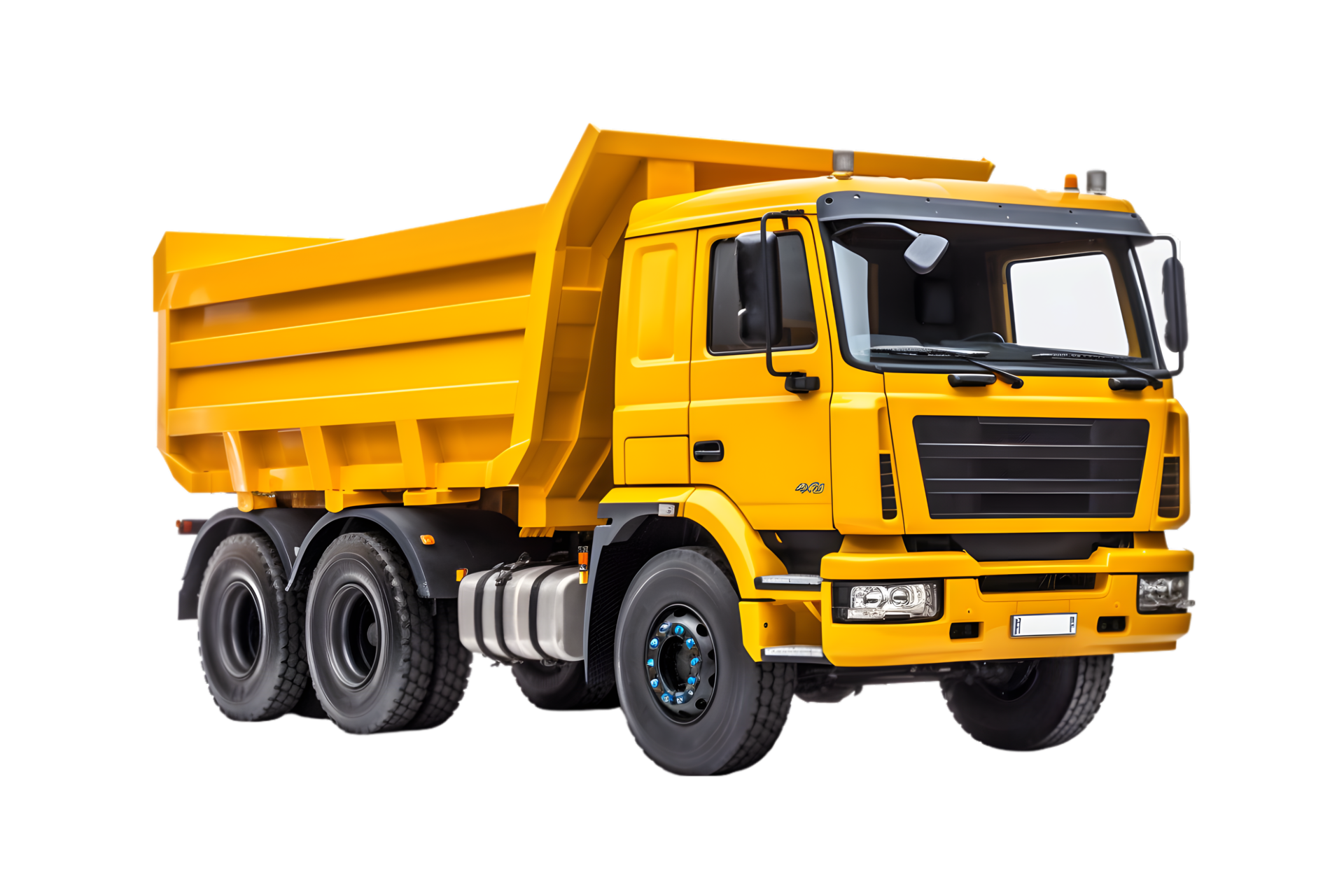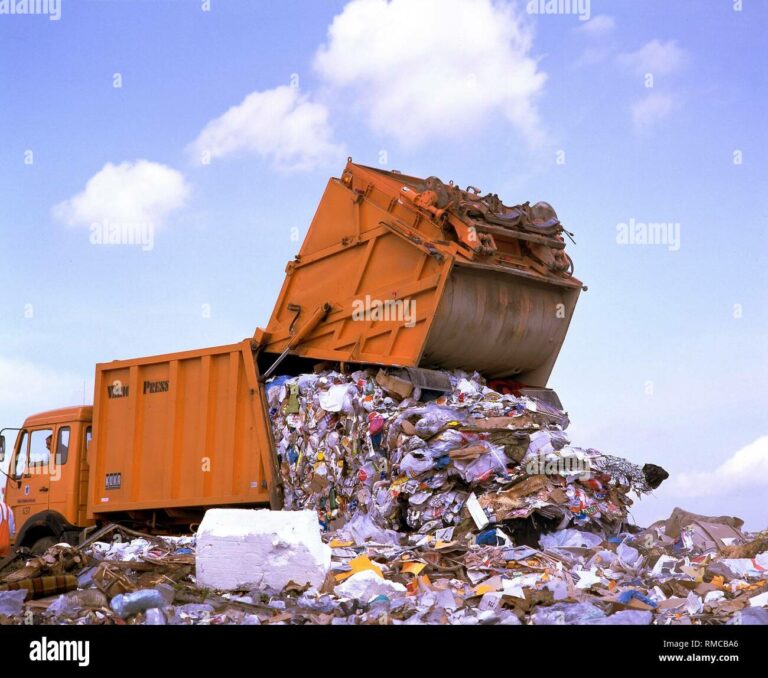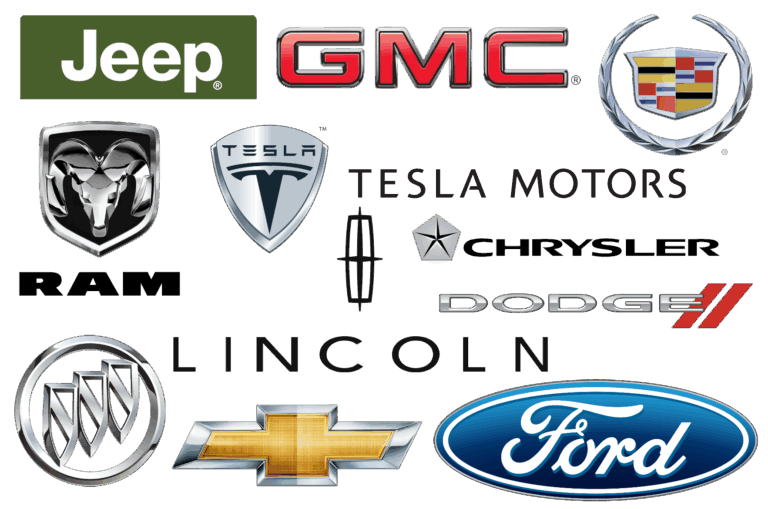Truck Parts Names List: An Essential Guide to Understanding Your Vehicle
Truck Parts Names List: An Essential Guide to Understanding Your Vehicle cars.truckstrend.com
The modern truck is a marvel of engineering, a complex symphony of interconnected systems and components working in harmony to transport goods, tow heavy loads, or simply navigate the open road. For owners, operators, mechanics, or even curious enthusiasts, understanding the various truck parts is not merely an academic exercise; it’s a fundamental aspect of efficient operation, preventative maintenance, cost-saving, and, most importantly, safety.
This comprehensive guide, "Truck Parts Names List," aims to demystify the intricate world beneath the hood and chassis of a truck. From the roaring engine to the robust suspension, every component plays a vital role. Knowing their names, functions, and interdependencies empowers you to communicate effectively with mechanics, make informed purchasing decisions, troubleshoot minor issues, and ensure your truck remains a reliable workhorse for years to come. Whether you’re a seasoned professional or just beginning your journey into the trucking world, this detailed exploration will provide the foundational knowledge you need.
Truck Parts Names List: An Essential Guide to Understanding Your Vehicle
The Heart of the Beast: Engine & Related Components
The engine is the powerhouse of any truck, converting fuel into mechanical energy to propel the vehicle. Understanding its core components is crucial.
- Engine Block: The main structure of the engine, housing the cylinders and providing mounting points for other components. Often made of cast iron or aluminum.
- Cylinder Head: Sits atop the engine block, containing the valves, camshafts (in overhead cam designs), and combustion chambers.
- Pistons: Reciprocating components that move within the cylinders, driven by the combustion of fuel-air mixture.
- Crankshaft: Converts the linear motion of the pistons into rotational motion, which then drives the transmission.
- Camshaft: Controls the opening and closing of the engine’s intake and exhaust valves, timing the airflow.
- Valves (Intake & Exhaust): Regulate the flow of air and fuel into the cylinders and exhaust gases out.
- Turbocharger/Supercharger: Forces more air into the engine, increasing power output and efficiency, especially in diesel trucks.
- Fuel Injectors: Precisely spray fuel into the combustion chambers or intake manifold, crucial for fuel efficiency and emissions.
- Radiator: A heat exchanger that dissipates heat from the engine’s coolant, preventing overheating.
- Water Pump: Circulates coolant through the engine and radiator.
- Oil Pan: Reservoir for engine oil, located at the bottom of the engine.
- Oil Filter: Removes contaminants from the engine oil, ensuring lubrication system health.
- Air Filter: Filters incoming air before it enters the engine, protecting internal components from dust and debris.
- Exhaust Manifold: Collects exhaust gases from the cylinders and directs them to the exhaust system.
- Muffler: Reduces exhaust noise.
- Catalytic Converter/DPF (Diesel Particulate Filter): Reduces harmful emissions from the exhaust gases.
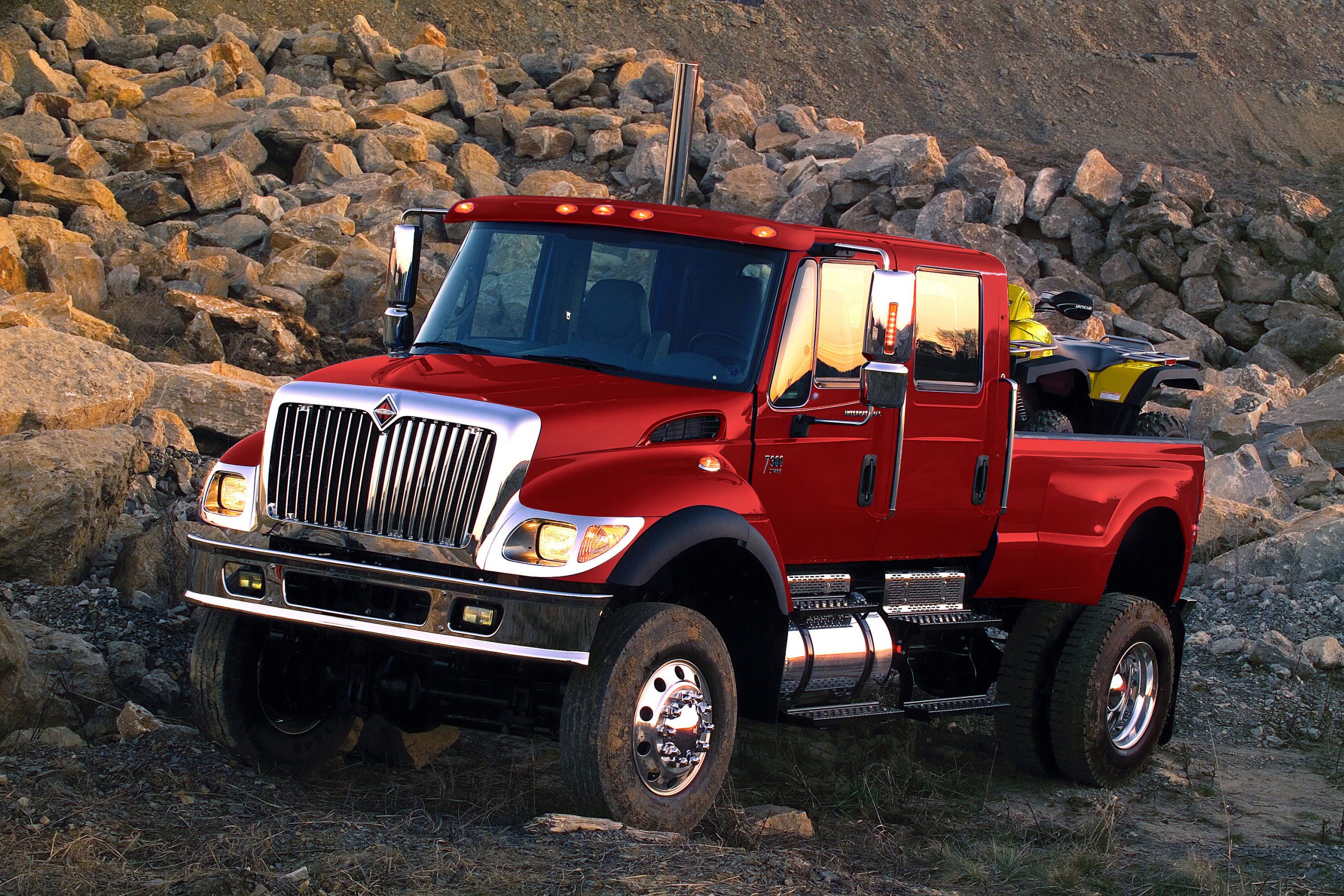
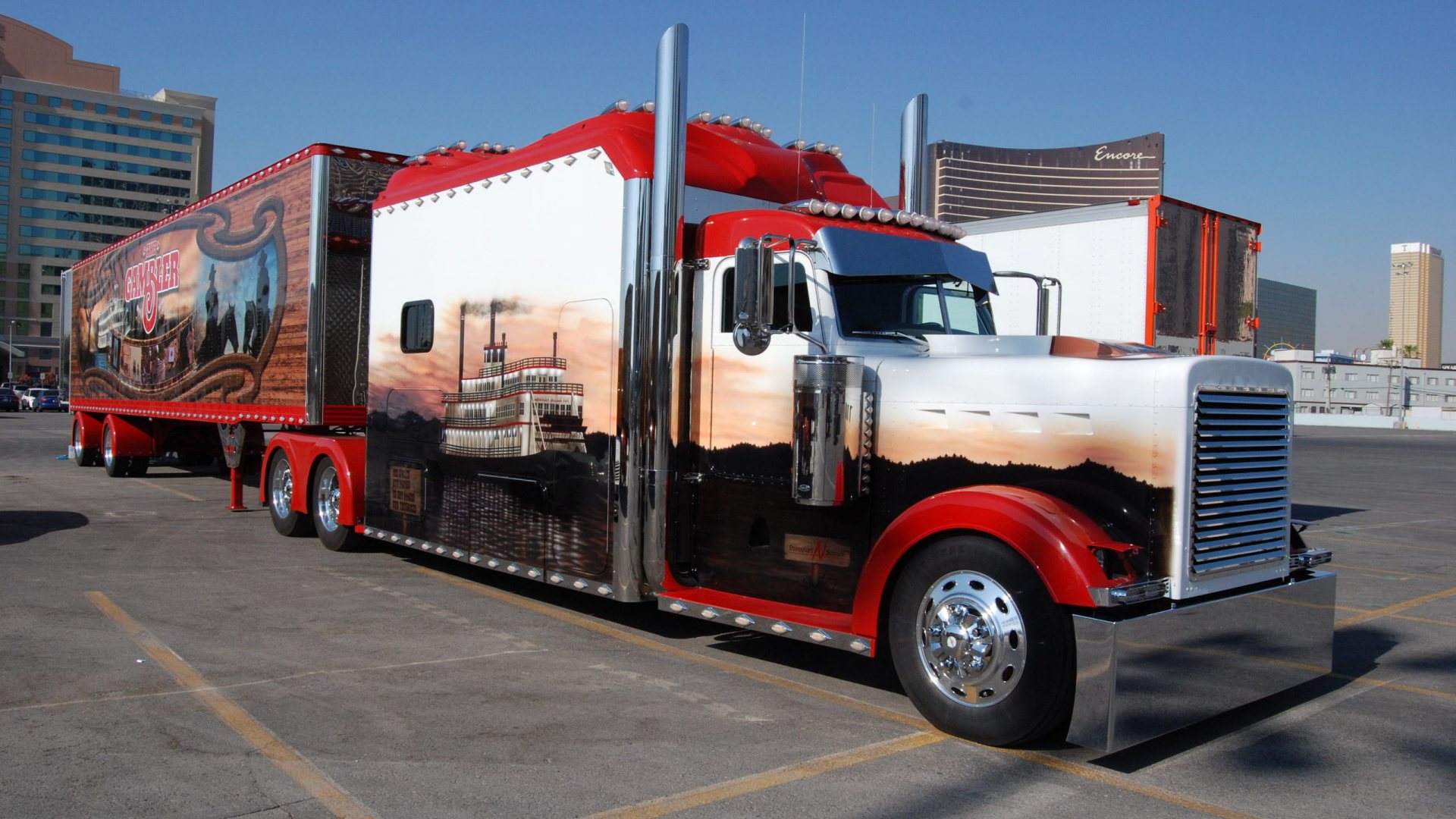
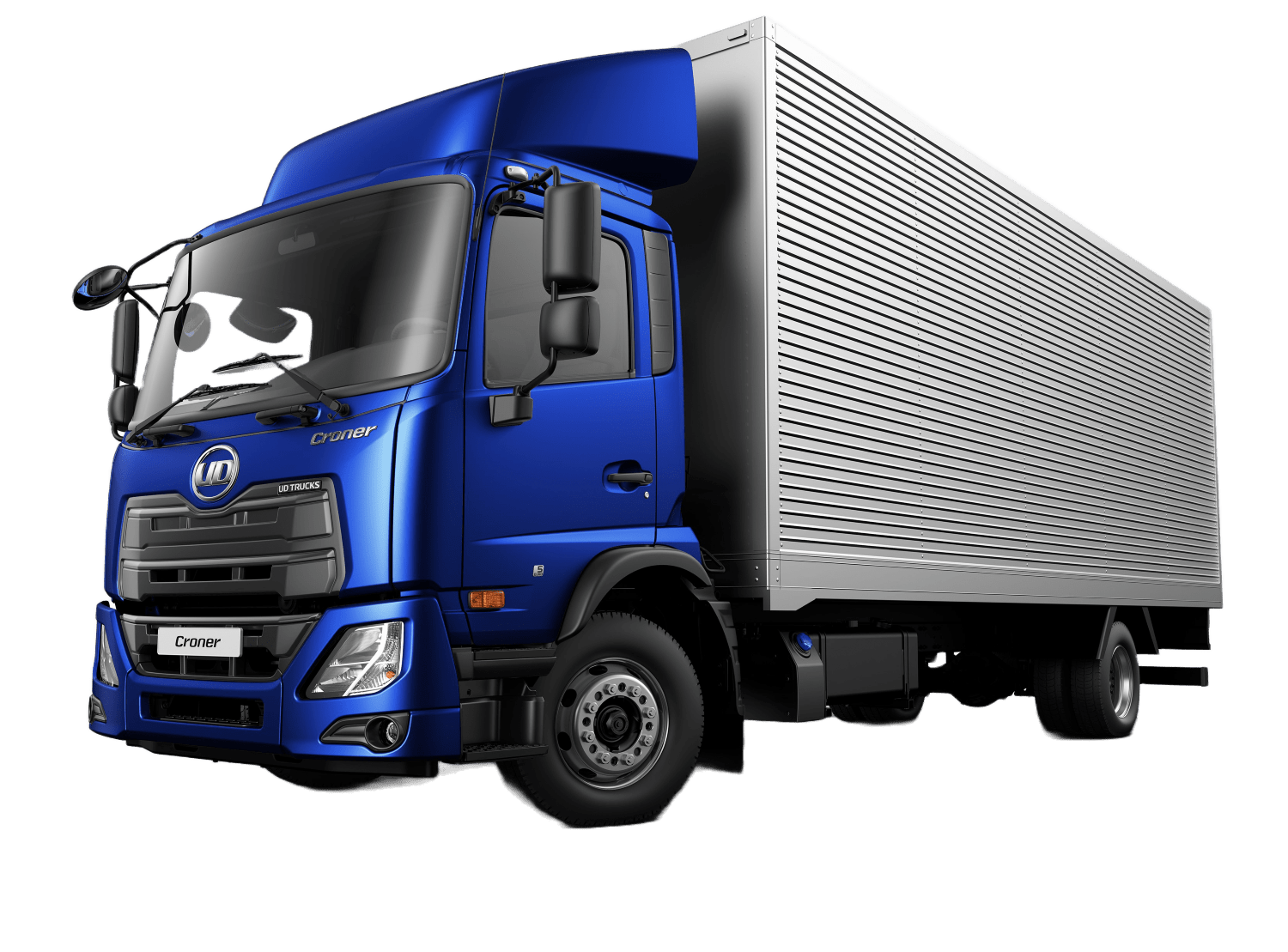
Key Consideration: Regular oil changes, air filter replacement, and coolant checks are paramount for engine longevity.
Power Transfer: Drivetrain Components
The drivetrain transmits power from the engine to the wheels, enabling movement.
- Transmission (Gearbox): Changes the gear ratio between the engine and the wheels, allowing for different speeds and torque outputs. Can be manual or automatic.
- Clutch (Manual Transmissions): Disengages the engine from the transmission, allowing for gear changes without stalling.
- Driveshaft (Propeller Shaft): A rotating shaft that transmits torque from the transmission to the differential.
- Universal Joints (U-Joints): Flexible couplings on the driveshaft that allow for changes in angle between components as the suspension moves.
- Differential: A gear assembly that allows the drive wheels to rotate at different speeds, crucial for turning corners.
- Axles (Drive Axles): Shafts that connect the differential to the wheels, transmitting power. Trucks often have multiple drive axles.
Practical Advice: Listen for unusual noises like clunking or grinding, which can indicate U-joint or differential issues.
Stopping Power: Braking System Components
The braking system is arguably the most critical safety system in any truck.
- Brake Pads/Linings: Friction material that presses against the rotors or drums to slow the vehicle.
- Brake Rotors (Discs) / Brake Drums: Rotating components that the pads/linings press against to create friction and stop the wheels.
- Brake Calipers (Disc Brakes): House the brake pads and hydraulic pistons that push the pads against the rotor.
- Brake Chambers (Air Brakes): Convert compressed air pressure into mechanical force to apply the brakes.
- Slack Adjusters (Air Brakes): Automatically or manually adjust the distance between the brake shoes and drum as the lining wears.
- Master Cylinder (Hydraulic Brakes): Converts pedal pressure into hydraulic pressure, pushing fluid through the brake lines.
- Brake Lines (Hydraulic/Air): Carry brake fluid or compressed air to the individual brake components.
- ABS Sensors (Anti-lock Braking System): Monitor wheel speed to prevent wheel lock-up during hard braking.
Important Consideration: Regular inspection of brake pads, lines, and air system components is non-negotiable for safety.
Smooth Ride & Control: Suspension & Steering Components
These systems provide a comfortable ride, maintain tire contact with the road, and allow the driver to control the vehicle’s direction.
- Leaf Springs: Layers of curved metal strips used in heavy-duty trucks to support weight and absorb shocks.
- Coil Springs: Helical springs that absorb road shocks, common in lighter truck suspensions.
- Shock Absorbers/Dampers: Control spring oscillation, preventing excessive bouncing and improving ride stability.
- Air Bags (Air Suspension): Inflatable rubber bags that replace or supplement springs, providing a smooth, adjustable ride, often seen in heavy trucks.
- Kingpins: Pivoting pins that allow the steering knuckles to turn, connecting the axle to the steering system.
- Tie Rod Ends: Connect the steering linkage to the steering knuckles, allowing wheels to turn.
- Drag Link: Connects the steering gearbox to the steering arm, transmitting steering input.
- Steering Gearbox/Power Steering Pump: Converts rotational steering wheel input into linear motion to turn the wheels, assisted by hydraulic power.
- Ball Joints: Flexible spherical bearings that connect control arms to the steering knuckles, allowing for suspension articulation and steering.
- Control Arms (A-Arms): Connect the wheel hub to the vehicle’s frame, controlling suspension movement.
Benefits of Knowing: Understanding these parts helps identify issues like uneven tire wear, poor handling, or a bumpy ride.
The Nerves & Senses: Electrical System Components
The electrical system powers everything from the engine’s ignition to the cab lights and advanced electronics.
- Battery: Stores electrical energy to start the engine and power accessories when the engine is off.
- Alternator: Generates electricity to power the truck’s electrical systems and recharge the battery while the engine is running.
- Starter Motor: An electric motor that turns the engine to initiate combustion.
- Wiring Harnesses: Bundles of wires that transmit electrical signals and power throughout the truck.
- Fuses & Relays: Protective devices that prevent electrical overloads and control high-current circuits.
- Lights (Headlights, Taillights, Marker Lights, Turn Signals): Essential for visibility and signaling.
- Sensors (e.g., Oxygen Sensor, ABS Sensor, Temperature Sensor, Pressure Sensors): Provide data to the ECM/ECU for optimal performance and diagnostics.
- ECM/ECU (Engine Control Module/Unit): The "brain" of the truck, managing engine functions, emissions, and often other systems.
Tips: Check fuses first when an electrical component malfunctions. Keep battery terminals clean.
The Outer Shell & Inner Comfort: Chassis, Cab & Body Components
These components form the structural integrity and provide the driver’s environment.
- Frame Rails & Crossmembers: The foundational structure of the truck, providing strength and support for all other components.
- Cab Structure: The driver’s compartment, including the roof, floor, and walls.
- Doors: Provide access to the cab.
- Hood: Covers the engine compartment.
- Fenders: Cover the wheels, protecting from road debris.
- Grille: Front-end component allowing airflow to the radiator and engine.
- Windshield & Windows: Provide visibility and enclose the cab.
- Mirrors (Side Mirrors, Rearview Mirror): Essential for visibility around the vehicle.
- Seats: Driver and passenger seating.
- Dashboard/Instrument Panel: Houses gauges, indicators, and controls.
- HVAC System (Heating, Ventilation, Air Conditioning): Maintains comfortable cabin temperature.
Actionable Insights: Regular cleaning and inspection of body panels can prevent rust and maintain resale value.
Other Essential Components: Tires, Wheels, and Fuel System
These are often overlooked but are fundamental to a truck’s operation.
- Tires: The only part of the truck that touches the road, crucial for traction, braking, and handling. Come in various types (all-season, highway, off-road, specific tread patterns for drive/steer axles).
- Wheels/Rims: Mount the tires to the axles.
- Fuel Tank: Stores the fuel for the engine.
- Fuel Pump: Draws fuel from the tank and delivers it to the engine.
- Fuel Filters: Remove contaminants from the fuel before it reaches the engine, protecting injectors and other components.
Practical Advice: Maintain proper tire pressure, perform regular rotations, and replace worn tires promptly.
Understanding Truck Parts: Practical Advice and Actionable Insights
Knowing the names of truck parts is more than just vocabulary; it’s a foundation for informed decision-making:
- Effective Communication with Mechanics: When you can accurately describe a sound, a symptom, or point to a specific area using correct terminology, you empower your mechanic to diagnose issues faster and more accurately, potentially saving you time and money.
- Informed Part Purchasing: Whether buying OEM (Original Equipment Manufacturer) or aftermarket parts, knowing the exact part name and its function helps you compare options, assess quality, and ensure compatibility. Always verify part numbers, especially with your truck’s VIN (Vehicle Identification Number).
- Basic Troubleshooting & DIY: For minor issues like a blown fuse, a clogged air filter, or a loose battery terminal, knowing the part names allows you to perform simple checks or repairs yourself.
- Preventative Maintenance: Understanding which parts are critical for safety (brakes, steering) or performance (engine, transmission) helps you prioritize routine inspections and maintenance schedules.
- Spotting Quality Issues: Familiarity with components can help you identify worn parts during a visual inspection or notice signs of wear before they lead to major failures.
Challenges and Solutions:
- Complexity: Modern trucks are increasingly complex with integrated electronic systems.
- Solution: Utilize diagnostic tools, consult service manuals, and rely on certified technicians for complex issues.
- Part Obsolescence: Older truck models might have parts that are no longer manufactured.
- Solution: Explore aftermarket suppliers, specialty salvage yards, or remanufactured parts.
- Counterfeit Parts: The market can have fake or substandard parts.
- Solution: Always purchase from reputable dealers, authorized distributors, or well-known aftermarket brands. Be wary of prices that seem too good to be true.
Truck Parts Names List: Illustrative Price Ranges
Please note: Prices are highly variable based on truck make, model, year, part brand (OEM vs. aftermarket), supplier, and labor costs (if applicable). This table provides illustrative ranges for common replacement parts and should not be taken as definitive pricing. Always obtain specific quotes.
| Category | Example Part Name | Illustrative Price Range (USD, Part Only) | Notes |
|---|---|---|---|
| Engine Components | Oil Filter | $15 – $50 | Varies by size and type (spin-on vs. cartridge) |
| Air Filter | $20 – $100+ | Larger trucks/heavy-duty filters are more expensive | |
| Fuel Injector | $100 – $800+ (per injector) | Diesel injectors are typically more expensive than gasoline ones | |
| Water Pump | $80 – $400 | OE parts for specific engines can be higher | |
| Turbocharger | $800 – $5,000+ | Significant variation based on engine size and type | |
| Drivetrain | Clutch Kit (Heavy Duty) | $500 – $2,000+ | Includes disc, pressure plate, release bearing |
| Universal Joint (U-Joint) | $30 – $150 | Quality varies, crucial for driveshaft operation | |
| Driveshaft (Replacement) | $300 – $1,500+ | Custom fabrication or heavy-duty units are costlier | |
| Braking System | Brake Pads (Set for 1 Axle) | $80 – $300+ | Material (ceramic, semi-metallic), truck weight affects price |
| Brake Rotor (Each) | $100 – $400+ | Heavy-duty ventilated rotors are at the higher end | |
| Brake Caliper (Remanufactured) | $80 – $350 (core charge often applies) | New calipers are generally more expensive | |
| Air Brake Chamber | $100 – $300 | Type (service, parking) and size impact price | |
| Suspension & Steering | Shock Absorber (Each) | $50 – $250 | Quality, type (gas, hydraulic), and truck type impact price |
| Leaf Spring (Each) | $150 – $800+ | Varies by number of leaves, capacity, and truck size | |
| Air Bag (Air Suspension, Each) | $200 – $700+ | Specific to air suspension systems | |
| Tie Rod End | $40 – $200 | Crucial for steering alignment and safety | |
| Electrical System | Battery (Heavy Duty) | $150 – $300+ | Group size, Cold Cranking Amps (CCA) are factors |
| Alternator | $150 – $500+ | Amperage output and vehicle specific fitment | |
| Starter Motor | $100 – $400+ | Remanufactured options are common | |
| Body & Miscellaneous | Headlight Assembly (Each) | $100 – $800+ | OEM, LED, HID options greatly vary price |
| Truck Tire (Commercial) | $200 – $600+ | Tread pattern, ply rating, brand, and size are factors | |
| Fuel Filter | $20 – $80 | Diesel fuel filters often have water separators |
Frequently Asked Questions (FAQ) about Truck Parts
Q1: Why is it important to know truck part names?
A1: Knowing truck part names is crucial for effective communication with mechanics, making informed decisions when purchasing replacement parts, performing basic DIY maintenance, and understanding the overall health and safety of your vehicle. It empowers you to be a more knowledgeable owner or operator.
Q2: Where can I buy truck parts?
A2: You can purchase truck parts from various sources:
- Dealerships: Offer OEM (Original Equipment Manufacturer) parts, ensuring exact fit and quality, but often at a higher price.
- Aftermarket Retailers: Stores like AutoZone, O’Reilly Auto Parts, NAPA Auto Parts, and specialized truck parts suppliers offer a wide range of parts, often more affordable.
- Online Retailers: Websites like Amazon, eBay, and specialized truck parts e-commerce sites offer convenience and competitive pricing, but require careful verification of part compatibility.
- Salvage Yards/Junkyards: Can be a source for used parts, especially for older or rare models, but quality can vary.
Q3: Are aftermarket parts as good as OEM parts?
A3: It depends on the aftermarket brand and the specific part. Many reputable aftermarket manufacturers produce high-quality parts that meet or even exceed OEM specifications, often at a lower cost. However, there are also lower-quality aftermarket parts. It’s essential to research brands, read reviews, and choose trusted suppliers. For critical components like brakes or steering, many prefer OEM or premium aftermarket options.
Q4: How do I find the right part for my specific truck?
A4: The most reliable way is to use your truck’s VIN (Vehicle Identification Number). This 17-character code contains information about your truck’s make, model, year, engine type, and other specifications. Most parts suppliers and online platforms allow you to input your VIN to ensure part compatibility. Alternatively, you’ll need to know your truck’s make, model, year, engine size, and sometimes trim level.
Q5: What’s the difference between heavy-duty and light-duty truck parts?
A5: Heavy-duty truck parts (for commercial vehicles, 18-wheelers, large construction trucks) are designed for extreme loads, continuous operation, and immense durability. They are typically larger, more robust, and built to withstand greater stresses than parts for light-duty trucks (e.g., pickups like Ford F-150, Chevy Silverado). While some principles are similar, the scale, materials, and engineering of heavy-duty parts are fundamentally different, leading to higher costs and specialized maintenance.
Conclusion
The world of truck parts is vast and intricate, but understanding its core components is an invaluable skill for anyone involved with these powerful machines. From the engine’s combustion to the tires’ grip, each part on our "Truck Parts Names List" contributes to the truck’s overall performance, safety, and reliability. By familiarizing yourself with these names and their functions, you’re not just learning jargon; you’re gaining the knowledge to maintain your truck effectively, diagnose potential issues early, make smart purchasing decisions, and ultimately ensure your vehicle operates at its peak. Investing in this knowledge translates directly into greater safety, efficiency, and a longer, more productive life for your truck.
